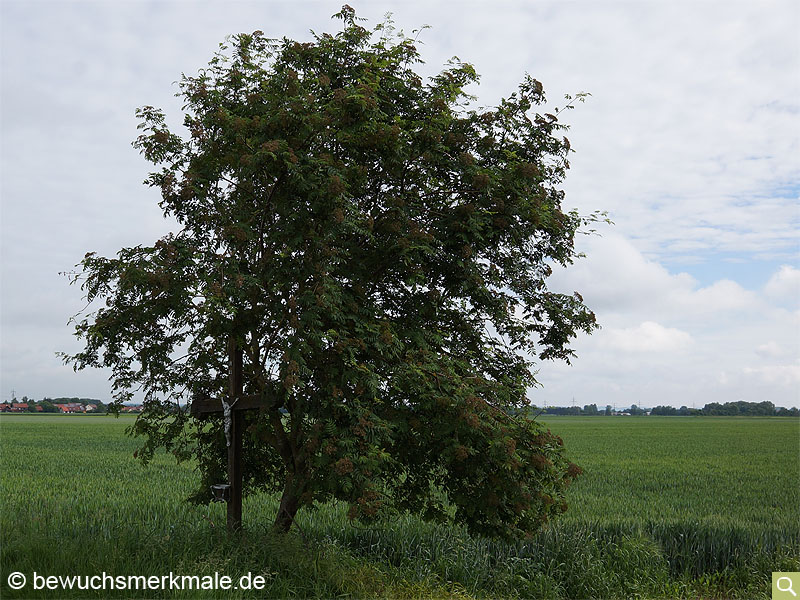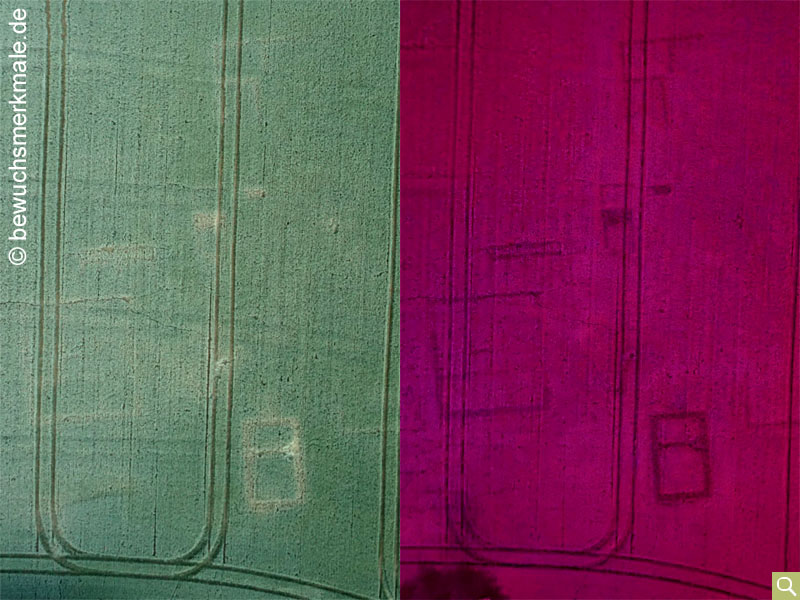IR photography
Overview
Infrared (IR) or false colour photography is a technique for producing images using mainly light waves just above the range of light waves visible to the human eye (infrared range). The images produced by this process are used in both the scientific and artistic fields. This technique is not to be confused with thermography, in which heat rays are converted into image information.
Camera and filter
The image sensors of current digital cameras are also sensitive to infrared light. However, since this range of light cannot be seen by the human eye and leads to image blurring, most cameras have an infrared blocking filter permanently installed directly in front of the image sensor. Nevertheless, a certain residual sensitivity to infrared light remains and can be used for IR photography. However, much better IR sensitivity is achieved with cameras in which the internal IR cut filter has been removed/replaced by a specialist company.
In order to use only infrared light for the exposure, the visible light must be suppressed as much as possible. For this purpose, an IR filter is placed in front of the lens, which filters out the visible light below a certain wavelength (e.g. 720nm, 850nm, 950nm). As a result, all residual radiation from the visible range is imaged darkly, and all IR radiation is recorded brightly. Objects that reflect IR radiation well appear bright in the image (e.g. house walls, clouds). All media that absorb IR radiation or do not reflect it are shown in dark (e.g. wood, cloudless sky).


Wood effect
Plants are usually shown white on IR images because the chlorophyll contained in the plants is transparent in the IR range and the IR radiation is reflected by the water in the leaves. This is a protective mechanism of the plants in order not to burn by absorbing too much IR radiation from the sun. This effect is named after the American physicist Robert Williams Wood.
IR photography in aerial archaeology
Differences in colour and brightness between individual plants are much more pronounced in the IR range than in the visible range and are therefore much easier to discern in IR images. Even in the days of analogue cameras, IR-sensitive films were used to capture vegetation features better and in a more differentiated way. Even the smallest differences in the colour of the leaves (e.g. caused by different soil moisture or by advanced drying of the plants during a hot spell), which are not visible in photographs taken with a normal camera, become visible in the IR image.
My own experience
For infrared shots with the multicopter I use a Sony Nex 5 camera with the IR cut filter replaced by a normal lens. An IR filter with a threshold value of 850nm is placed in front of the lens. As far as possible, I first fly over areas where cropmarks are expected with a normal camera and then with the IR camera. It has often been shown that both types of recording complement each other and, in combination, provide additional insights.

Further examples of infrared images and comparative images with the normal camera can be found in example 17 and example 18 in the gallery, among others.
